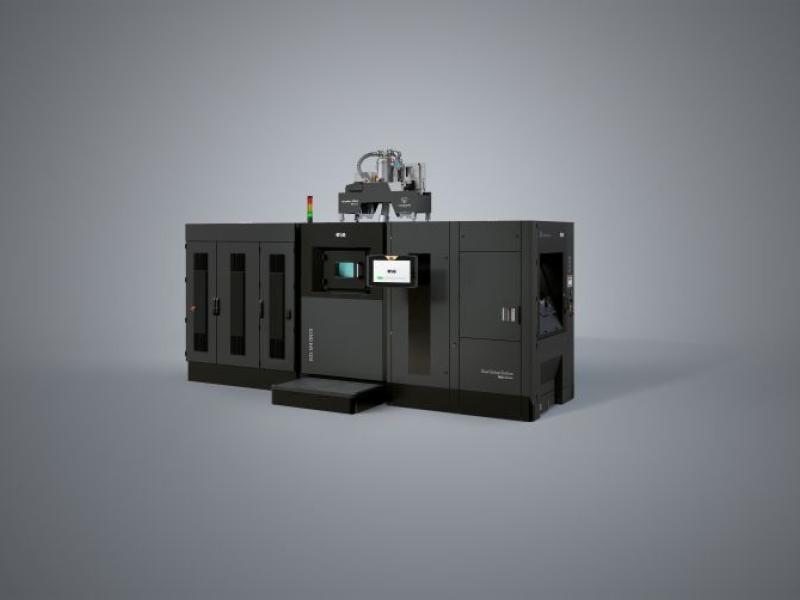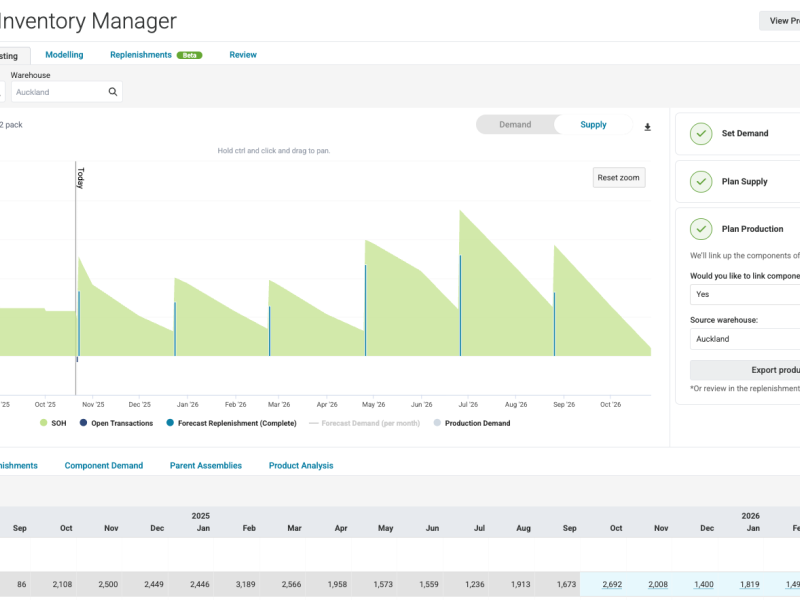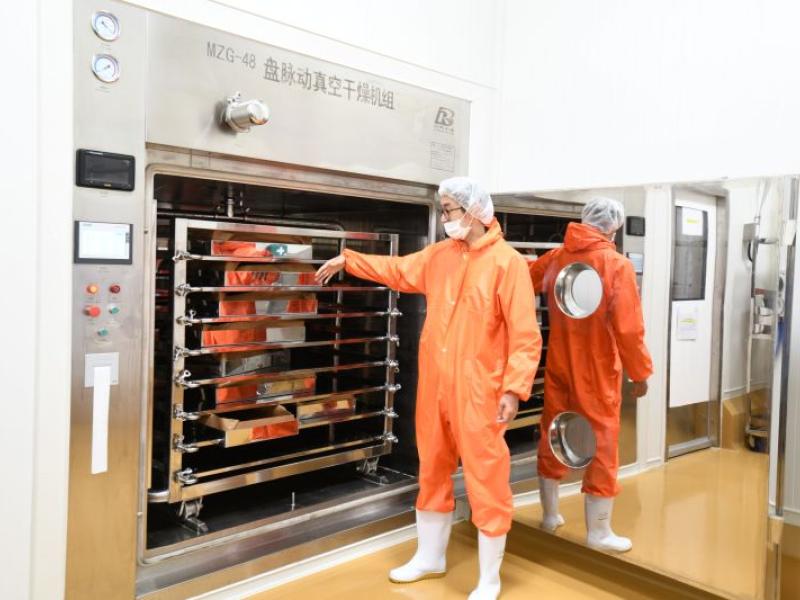By: Rob Stummer Asia Pacific CEO at SYSPRO
Metal fabrication is one of the most important manufacturing sectors as it underpins some of the largest industries we rely on in business and in our personal lives.
IBIS World currently values metal fabrication as being an AUD$3.8bn industry and it’s no surprise, considering it supports important sectors such as automotive, aerospace and electronics.
Aside from disruptions caused by the pandemic, competition is fierce in the fabricated metals sector and as a result, most businesses are facing serious challenges with their complex supply chains, and collaborating with customers to design the most effective products. All while meeting quality, tolerance and material specifications and keeping their customers loyal by delivering exactly what they ordered, on time, every time.
The challenge is that the industry needs to maintain flexibility to change capacity requirements while operating effective continuous replenishment systems. Operators need to be able to manage production costs, product quality and on-time delivery by automating and integrating business processes and improving the visibility of management information.
Putting the P in ERP
Enterprise Resource Planning (ERP) software allows metal fabrication companies to manage their businesses from the front office to the factory floor. To maximise the use of their ERP system’s planning capabilities, fabricated metals manufacturers can extract data to measure productivity, determine process efficiencies and troubleshoot any inefficiencies.
Accumulating every bit of information that goes into quoting and manufacturing in this sector is not necessarily a big task but applying this information to all the current orders a typical shop fabricates and going back several years to account for the orders that are likely to be repeated, can be a mammoth task.
BOM
Companies that currently create their Bill of Materials (BOM) manually, such as an engineer retyping information into an ERP system, are introducing more time into the process, along with the chance of making costly errors.
The complete BOM forms the foundation for material and capacity planning, shop floor control and costing and ensures that engineering, production, purchasing and order processing are utilising the same information.
This allows organisations to facilitate accurate expected costs against which actual production costs can be tracked. What-if costing facilities are provided, as well as the ability to calculate the cumulative and manufacturing lead times of an item and to update the relevant fields against the stock item.
Reducing the manufacturing lead time ensures that customers receive their orders faster. The role an accurate and efficient BOM plays in that, while it may not seem so on the surface, is quite major once you consider the downstream impact it has throughout the entire manufacturing process.
Integrating CAD and ERP drives improvement
The transition between engineering and manufacturing is perhaps the most critical task and Computer Aided Design (CAD) technology has totally revolutionised this process. When companies create a BOM from CAD designs, it can heavily impact the flow of everything that follows. A BOM is designed to ensure a fabricated metals company has complete control over their product’s structure and getting it right is crucial.
Despite the obvious benefits of CAD, delays can still occur in manufacturing because of the document change process, which in turn leads to cost overruns and missed due dates. The document change process inevitably involves making sure the BOM is current and correct, which can be a time consuming and rather tedious task.
Better data management leads to better productivity, because starting the process in CAD and enabling it to flow seamlessly to the ERP system, helps modernise and simplify the manufacturing process for fabricated metals businesses.
By integrating the CAD software with the ERP system, it automatically makes the engineering-to-manufacturing handoff a much smoother and simpler one. This makes better use of available resources, improves the accuracy of the systems, increases efficiency and profitability, all while ensuring the customers are extremely satisfied.
A single version of the truth
Accessing and communicating the right information at the right time has become central to the metal fabrication business but to get the right information, people and machines need to be digitally interconnected. Connectivity is needed to monitor and control every machine, and automation is necessary to initiate and maintain a smooth flow of parts.
Until a few years ago, many shopfloors in the sector still worked with some paper drawings, manually entered work orders and entered programs standing by the machine controller. Manufacturers in the supply chain will still email CAD drawings and other files to each other.
It is possible for fabricated metals factories to build an industrial cloud, collect data from their machines and this enables them to perform a deep analysis in real time. Creating a digital thread would help the industry use their ERP systems to establish more thorough control over the entire production process, making production data available to customers and supply chain partners in real time.
A fully integrated Industry 4.0 system can digitise and organise vast volumes of manufacturing data and make it available so that employees can log in from anywhere to review the system’s status, run remote diagnostics and even for troubleshooting. Everyone who needs to should be able to access all the information required on the one ERP platform, allowing them all to work from one single version of the truth for real-time data analysis and comprehensive reporting and decision-making.






